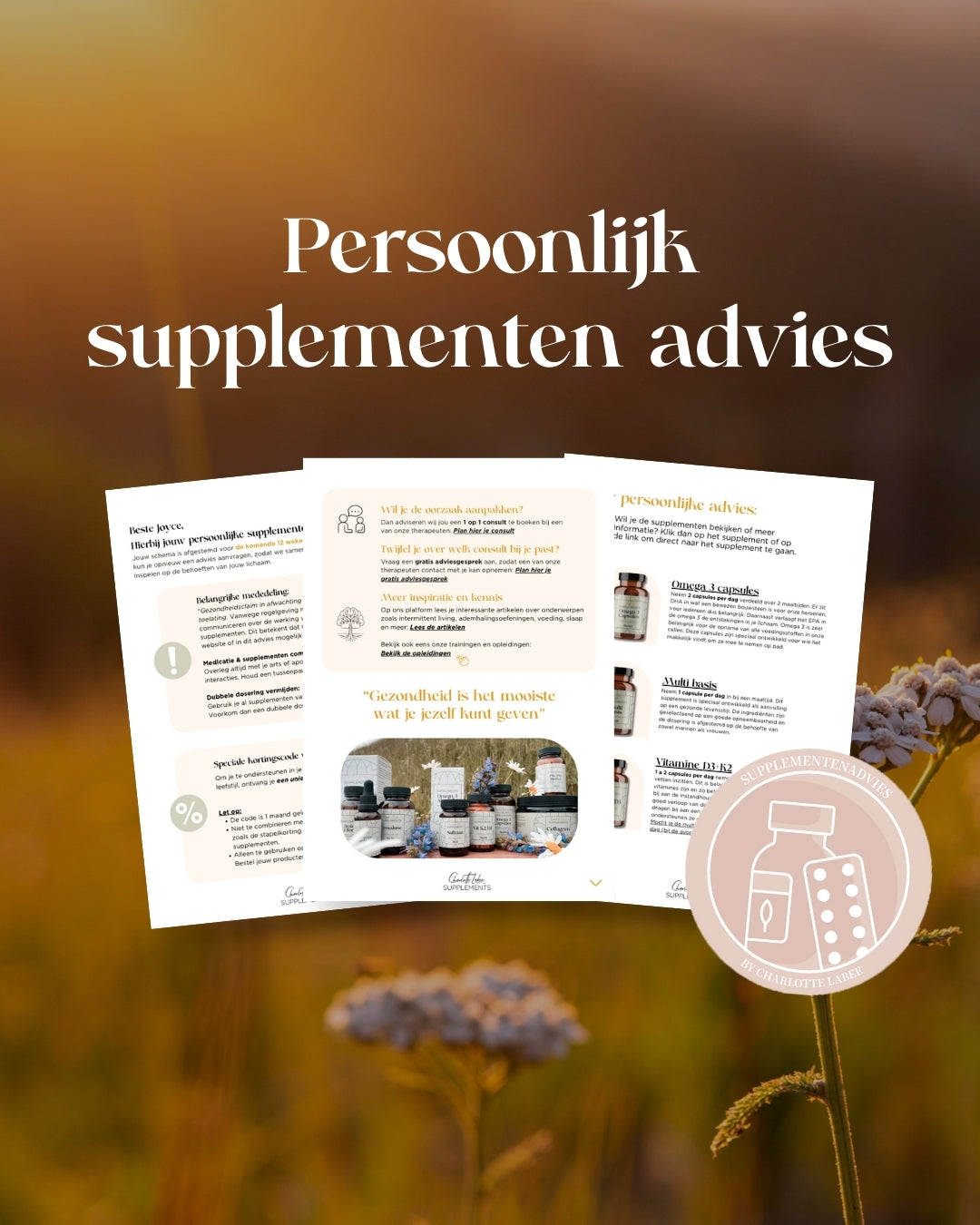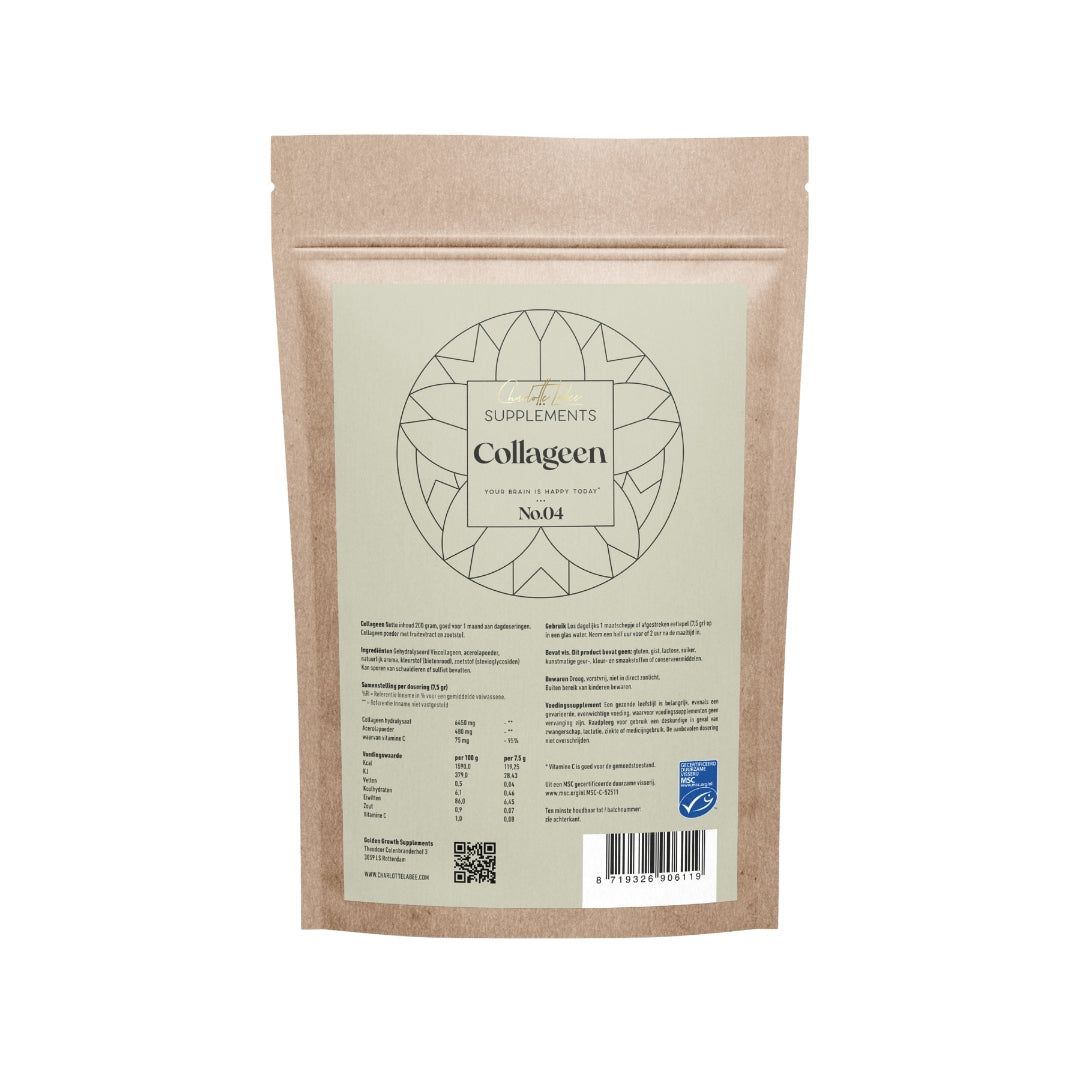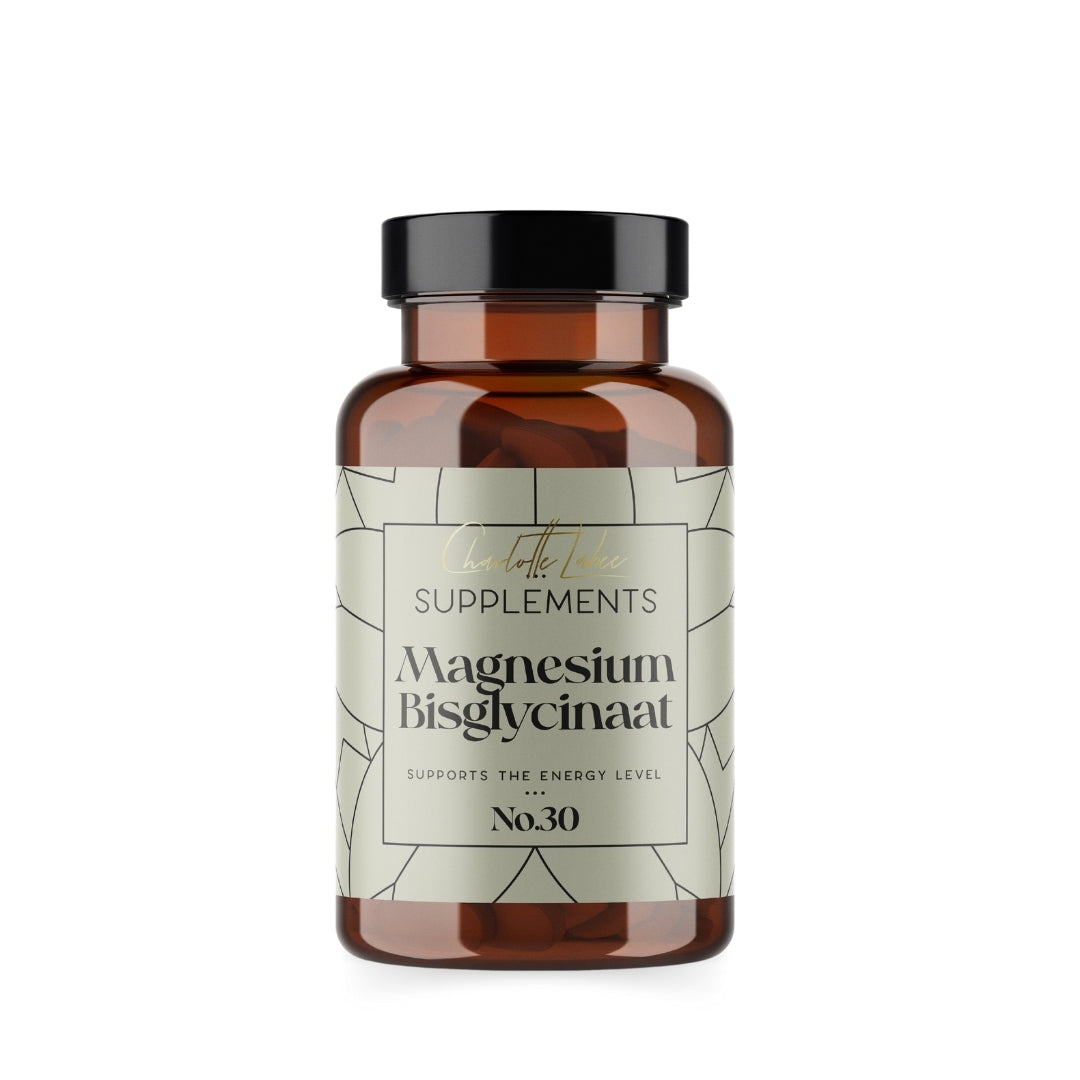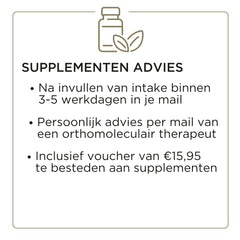De adviezen over supplementen schieten als paddenstoelen uit de grond, dus snellen we ons massaal naar de plaatselijke drogisterij en slaan allerhande potjes in. Want, baat het niet dan schaadt het niet. Toch?
Helaas! Het slikken van de verkeerde of kwalitatief slechte supplementen kan wel degelijk schade toedienen aan je gezondheid.
Als je naar een drogisterij of apotheek gaat, is er een groot aanbod voedingssupplementen te vinden. De prijzen gaan van een paar euro tot prijzig. Hoewel het verleidelijk kan zijn om zomaar een potje te pakken, om ‘even te proberen of het iets doet’, is de kans klein dat dit werkt. Sterker nog, het kan juist averechts werken. Supplementen van lage kwaliteit kunnen veel schadelijke stoffen bevatten die juist tot disbalans leiden. Maar hoe onderscheid je de goede producten van de slechte?
Natuurlijk vs. synthetisch
Voedingssupplementen die synthetisch zijn, zijn op een kunstmatige manier geproduceerd. De voedingsstoffen komen dan niet direct van hun originele, natuurlijke bron (zoals kruiden en planten), maar zijn fabrieksmatig nagebootst. Dit is een stuk goedkoper dan het produceren van natuurlijke supplementen, en daarom is zo’n 90 procent van alle supplementen die je in de winkels vindt synthetisch.
Anorganisch vs. organisch
Een ander belangrijk signaal van kwalitatief goede voedingssupplementen is de manier waarop mineralen in supplementen gebonden zijn. Planten nemen mineralen op uit de bodem en zetten deze om naar een goed opneembare, organische vorm. Dit proces kunnen wetenschappers nabootsen, dit heeft ActiVmins. Dit is wel arbeidsintensiever en dus duurder dan de anorganische mineralen in een supplement toevoegen. Anorganisch staat letterlijk voor ‘niet organisch’, of ‘niet behorend tot het planten- of dierenrijk’. Kortom, de kunstmatige versie. Deze vorm verteren we veel slechter en doen hun werk daarom minder goed.
Anorganische verbindingen herken je op een etiket aan de termen oxide, sulfaat en carbonaat.
Organische verbindingen herken je op een etiket aan de termen aminozuurchelaat, citraat, gluconaat of plantgebonden ActiVmins.
Emulsies
In het geval van vetoplosbare vitamines, is het belangrijk dat het supplement een emulsie is. Omdat ons bloed een waterachtige vloeistof is, en je water niet met vet kunt mengen, zijn vetoplosbare vitamines niet goed op te nemen. Om het wel op te kunnen nemen, wordt er een emulsie van gemaakt. Het voordeel van een emulsie is dat de stoffen goed worden opgenomen zonder de lever en gal te belasten. Dit maakt ze ook efficiënt en veilig voor mensen die bijvoorbeeld een zwak spijsverteringsstelsel hebben.
Natuurlijke emulgator
Een emulsie verkrijg je als je twee stoffen mengt die normaal niet goed zouden mengen met behulp van een emulgator. En bij die emulgator is het belangrijk om te kijken welke vorm er gebruikt is. Er zijn natuurlijke emulgatoren, zoals arabische gom. En er zijn synthetische emulgatoren, zoals polysorbaat 80. Die zijn belastend voor je gezondheid en kun je beter vermijden.
Synergie
Net heb ik al kort uitgelegd waar synergie voor staat. Het betekent dat een specifieke combinatie van bepaalde voedingsstoffen en kruiden samen beter opneembaar is, dan wanneer alle ingrediënten los van elkaar worden ingenomen. Soms kan een bepaalde voedingsstof helemaal niet worden opgenomen zonder zijn synergetische ingrediënt, ook wel co-factor genoemd.
Een hoogwaardig supplement zal dus altijd voor de synergetische combinaties gaan, om zo een product te ontwikkelen dat een zo sterk mogelijke werking heeft en zo makkelijk mogelijk opgenomen wordt.
Een aantal veelvoorkomende synergetische samenwerkingen zijn:
Collageen & vitamine C
Kurkuma & zwarte peper
Vitamine D3 & vitamine K2
Elementaire hoeveelheden
De elementaire hoeveelheid van een mineraal is de effectieve hoeveelheid van het mineraal, zonder de hulpstof waar het aan gebonden is. Zo is er een verschil tussen iets dat 500 gram zink bevat, en 500 gram pure zink. In de eerste vorm is de stof waaraan zink gebonden is waarschijnlijk ook meegeteld, en valt de hoeveelheid zink die je binnenkrijgt lager uit.
Let er ook op dat het belangrijkste ingrediënt niet is verdund met vulstoffen, zoals visolie met zonnebloem- of olijfolie. Een kwalitatief goede visolie bevat enkel honderd procent visolie.
Etiketten
Op het etiket van voedingssupplementen staan veel signalen die kunnen aangeven of een product van hoge of lage kwaliteit is. Op deze punten kun je letten:
· Let erop of het product vrij is van hulpstoffen (E-nummers). Denk hierbij aan suiker, lactose, soja en chemische kleur-, geur-, en smaakstoffen.
· Let erop dat er geen ongezonde vulstoffen in het product zitten. Gezonde vulstoffen zijn erwten, linzen en rijst, die herken je aan de namen Pisum sativum, Lens esculenta en Natural Nu-Flow.
· Let erop of het product vrij is van ballaststoffen zoals nikkel, tin (titaniumdioxide) en fluor.
· Let op de dosering: van een kwalitatief slecht supplement moet je vaak veel meer innemen dan een kwalitatief goed supplement.
· Kijk of er een lotnummer of batchnummer op de verpakking staat. Betrouwbare bedrijven gebruiken deze om hun product te traceren.
· Let erop dat de allergenen op de verpakking staan aangegeven.
· In het geval van visolie: kijk of deze uitgebreid is gecontroleerd op de aanwezigheid van plastic, giftige stoffen en zware metalen. De totale TOTOX-waarde (oxidatiewaarde) moet zo laag mogelijk zijn (lager dan 26).








